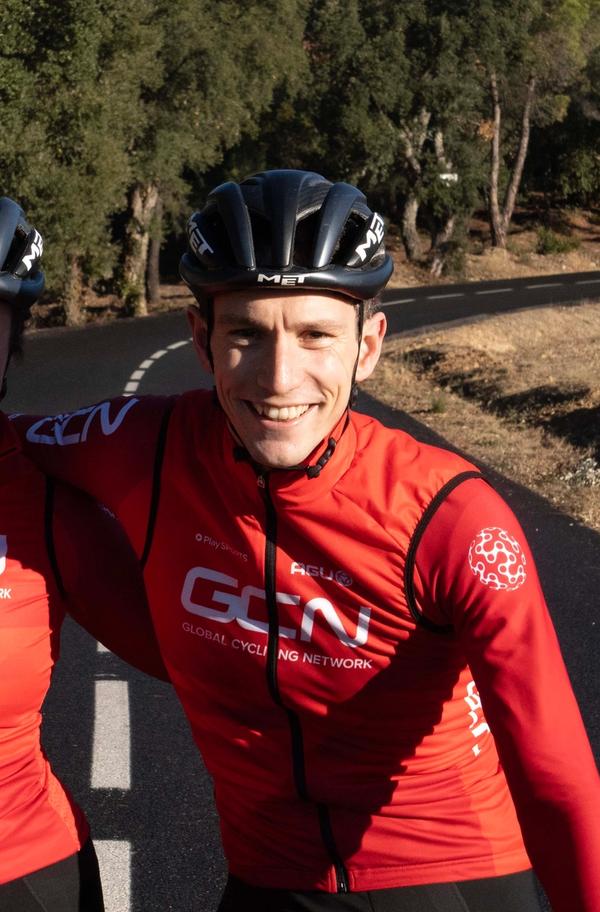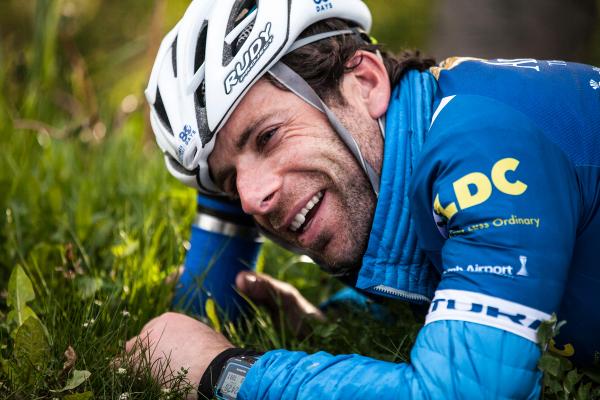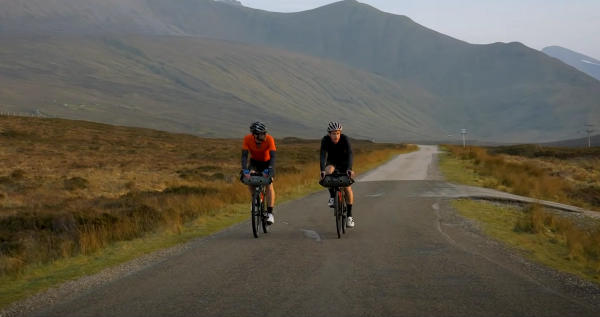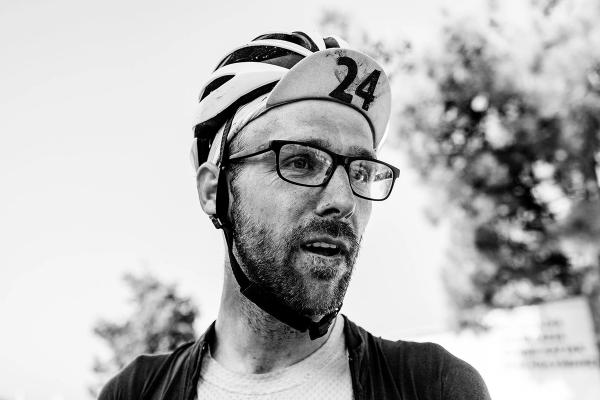Does endurance really improve with age?
Is there any truth in the idea that you're able to spend longer in the saddle as you get older? Si Richardson investigates
Alex Hunt
Junior Tech Writer
Simon Richardson wants to find out if you really can experience performance gains in endurance rides as you age. It is common to think that from around the age of 30-35, you only have one way to head when it comes to your physical performance on the bike. Even the best pros struggle to remain competitive into their 40s however there is a faction of the cycling community where this idea looks to be far from the truth.
A look at some of the most gruelling events in the world of cycling reveals that the winners are older than you might expect. Arguably one of the best ultra-distance riders ever Christoph Strasser set a new 24-hour record of 1026km at the age of 39 and this is just the tip of the iceberg. As the distance increases the age of the winner appears to also climb, Strasser himself doesn’t look to be slowing down any time soon having claimed the last two victories at the Trans Continental Race.
The same feat has been recorded at the infamous Race Across America when in 2023 Isa Pulver took the overall win at the age of 52. This is not an isolated case at this race as Leah Goldstein also took the top step of the podium in 2021 at the same age.
Is it just that older riders enjoy more endurance-focused riding?
One of the things that can be hard to determine is whether or not these events are being dominated by older riders simply because they are the overwhelming demographic participating in them.
The largest annual ultra-endurance race that is held in Europe, the Paris-Brest-Paris has an average participation age of 51. Is this because these older riders are more adept to the task at hand or is it that younger riders are less inclined to spend the time in the saddle that ultra-riding requires?
It is an unavoidable fact that one area of our performance that does steadily decline as we age is our top-end power development. Anaerobic efforts and riding right on our threshold limits fall foul to the ageing process for most of us as we reach the twilight of our 30s. This is why it is unlikely that Christoph Strasser will ever win the Tour de France even though the distance itself would be no issue at all. That is because the race-winning moves in these endurance stage races always come from high output surges and the need to produce and recover from anaerobic efforts repeatedly.

© Velo Collection (TDW) / Getty Images
Even though the Tour de France is an endurance event the winning moves are still flat out max effort attacks
As the events get longer this style of racing begins to diminish and instead, it becomes a steady-state effort that requires a huge capacity for aerobic endurance to keep the pedals turning hour after hour. These events are not necessarily about moving all that quickly on the bike but instead more about the consistency of not stopping.
A study into the capacity of human endurance has looked into just how our ability changes with age. Titled, Muscle Characteristics and substrate energetics in lifelong endurance athletes researchers from the University of Pittsburgh and Lussane joined together to study older athletes who had participated in endurance sport for a long period of time. The study group was based around athletes that were in their 60s and it found that they had increased exercise metabolic efficiency compared to athletes in their 20s.
What this boils down to is that older athletes have better abilities to burn fat as the predominant fuel when riding at moderate intensities. This allows older riders to use body fat as fuel far more efficiently than younger riders who require a higher percentage of fuel to come from carbohydrates even at more relaxed power outputs. What the research is pointing towards is that this change in metabolism could be even more pronounced in women.

© GCN
The older we get the more our bodies priorities the use of fat as fuel rather than carbohydrates
There does seem to be a crossover as we age where our bodies switch what type of fuel it prefers and adapts accordingly. The amount of carbohydrates that can be stored as glycogen in the body does seem to diminish as we age, this is partly why our top ends tail off as we simply haven’t got the energy system to support it. However, for endurance riding the need for carbohydrate storage is replaced with the increased metabolic efficiency around fat burning.
- Read more: How many calories do you burn when cycling?
The changes in metabolic systems also highlight a positive change that comes with age. The dreaded bonk becomes far less severe, this is because the percentage of energy being consumed by the body from glycogen stores becomes less. Even the leanest of riders hold a few kilos of body fat meaning that as we start to prioritise this source of fuel the effects of bonking become less.
To find out more on this topic from two riders who know a thing or two about endurance riding Si catches up with former pro Nick Craig who at the age of 54 is still pinning numbers on and getting in the mix at cyclo-cross races. He also catches up with a friend of GCN and ultra-endurance legend Mark Beaumont to get his take on how things have changed for him as his career has progressed.
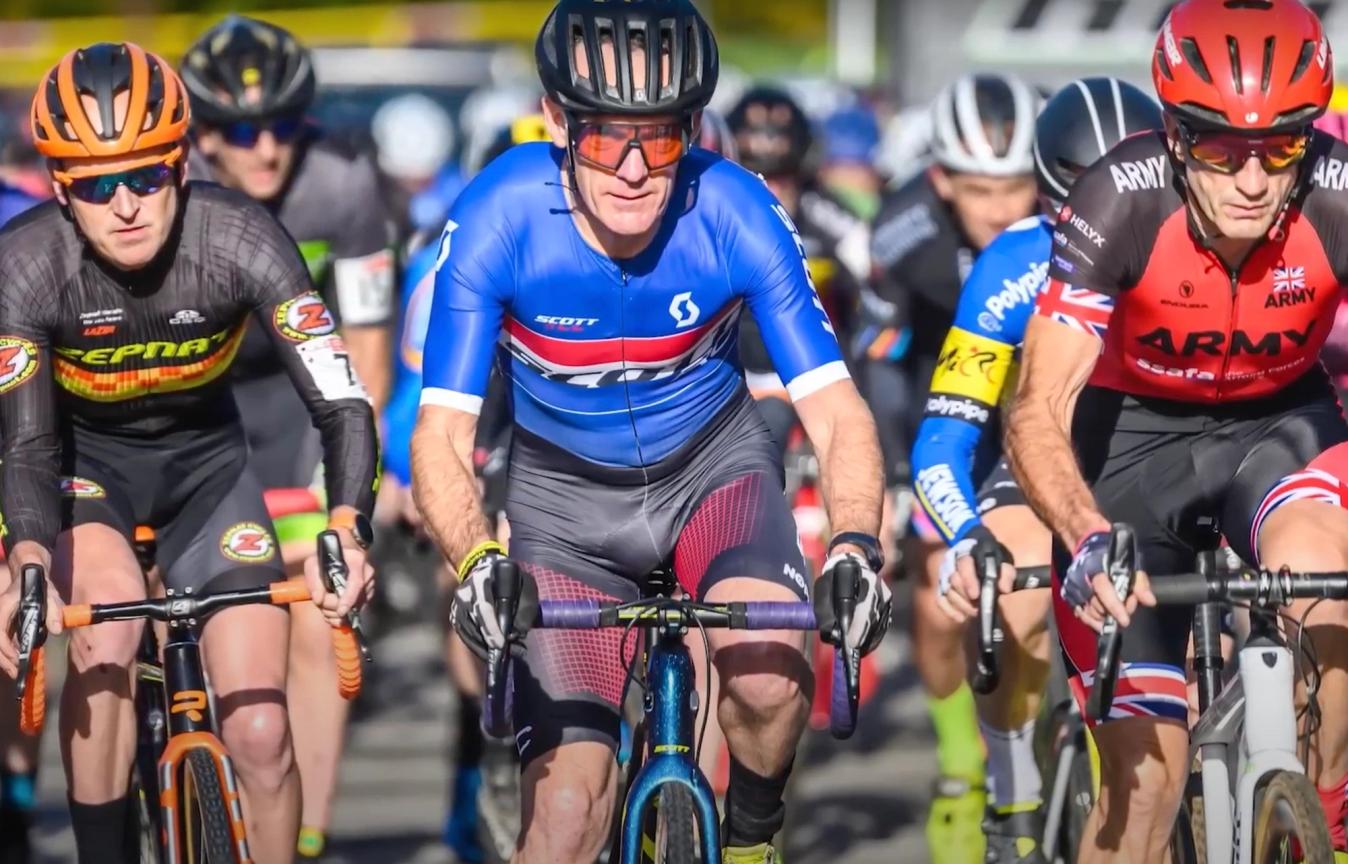
© Man Down Media
Nick Craig puts a lot of his success in later years down to wisdom and experience something that can only be developed over countless hours in the saddle
Science is on your side
Fortunately for all of us, the continuous developments in sports science and nutrition mean that ageing is no longer the barrier that it once appeared to be, especially for endurance sports such as cycling and running. This was backed up in 2004 when a study published in the British Journal of Sports Medicine highlighted that when looking at the finishing times at the New York marathon, the age group that collectively saw the biggest improvement between 1983-1999 was the 50 and over categories.
The changes have been remarkable with athletes such as Eliud Kipchoge continuing to be the man to beat over the marathon distance despite turning 40 this year. This isn’t an isolated case with the same thing being seen across all levels of competition. Although there has been an awful lot of technological progress since the first modern Olympic Games were held back in 1896 the winning marathon time back then has now been bettered by a 73-year-old athlete.
So what is the outcome?
Physically endurance does increase with age, and the biological changes to metabolism do lend themselves to longer rides at slightly reduced intensity. There is another component that can only come with age too and that is the mental resilience that is required for spending longer and longer durations in the saddle. These paired together make for an endurance athlete who can look forward to many years of performance beyond what is typically accepted.
Have you noticed a change in your endurance capabilities and fuelling needs as you have aged? Let us know your experiences in the comments below.
